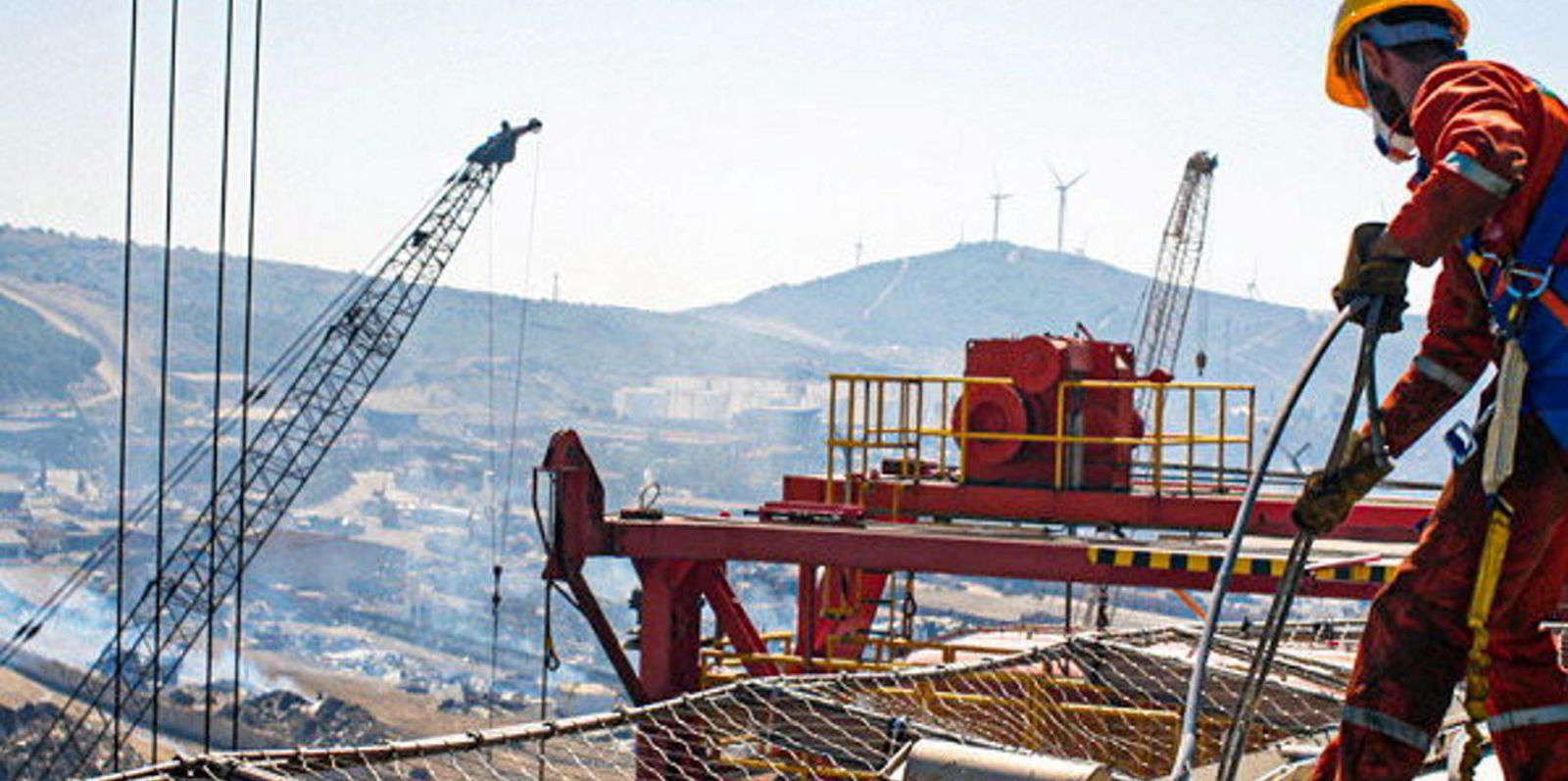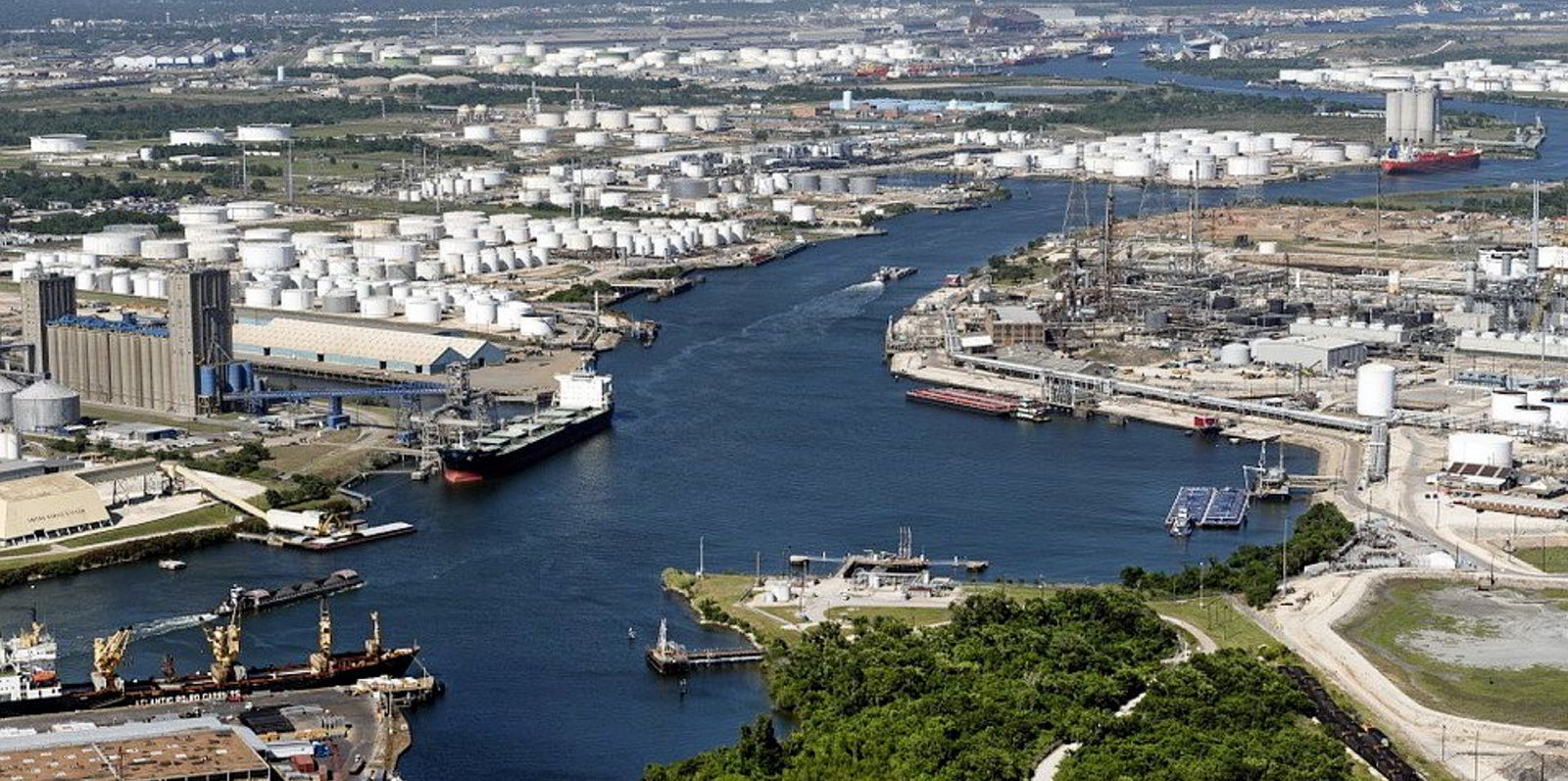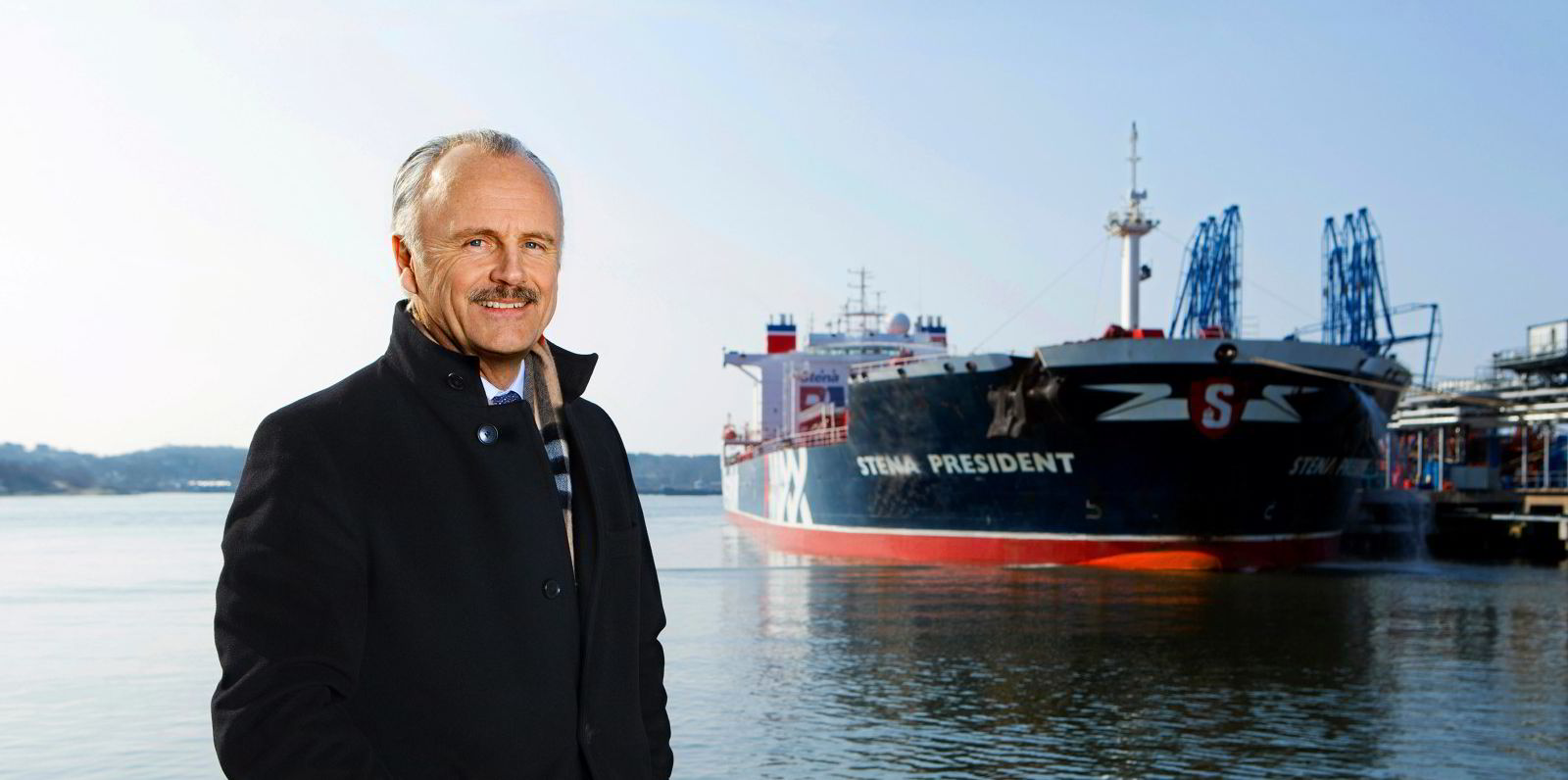Tanker tonne-miles should rebound in the second half of this year after dropping away in 2020.
That is the view of analysts at valuation platform VesselsValue and maritime consultancy Viamar.
In a joint third-quarter forecast, the companies said tonne-miles were down 8.3% in 2020 as demand was slashed by the pandemic.
But they added: "The second half of 2021 and 2022 should return strong growth from a low base."
Demand normalising
The rise will come together with normalised mobility and transport fuel demand, the companies believe.
"Moreover, a return to growth in industrial activity and consumer demand will support the positive development," they said.
Oil inventories at sea and on land have continued to be drawn down and pose less of a threat to import demand, while scrapping activity is tipped to increase.
Spot tanker earnings for the first half of 2021 will on average be at the lowest levels recorded in 20 years, signifying the great impact of Opec production cuts and Covid-19, the report reveals.
Orders pose a risk after 2022
Despite weak markets, newbuilding orders picked up in the first quarter to levels not seen since the stellar markets of 2015, when average VLCC rates were close to $60,000 per day, instead of $3,600 per day now from the Middle East to Japan.
Even with the recent increase in ordering activity, the orderbook as a proportion of the fleet will decline again over the second half of 2021 and in 2022, VesselsValue and Viamar said.
After 2022, however, these new ships will likely reduce the earnings potential for the fleet, they added.
In the shorter term, new virus variants and upsprings of contamination in Asia have resulted in a slower recovery for demand, and there is an oversupply of ships that will take some time to work through, the report forecasts.
The companies are not expecting prolonged high oil prices, but the volatility and potential for reaching high levels could impact economic activity, they said.
Clarksons Platou Securities said little has changed for owners in terms of rates in the last few weeks.
"A lack of seaborne cargo flow remains the key obstacle and the market continues to await additional barrels from Opec+," the investment bank added.







